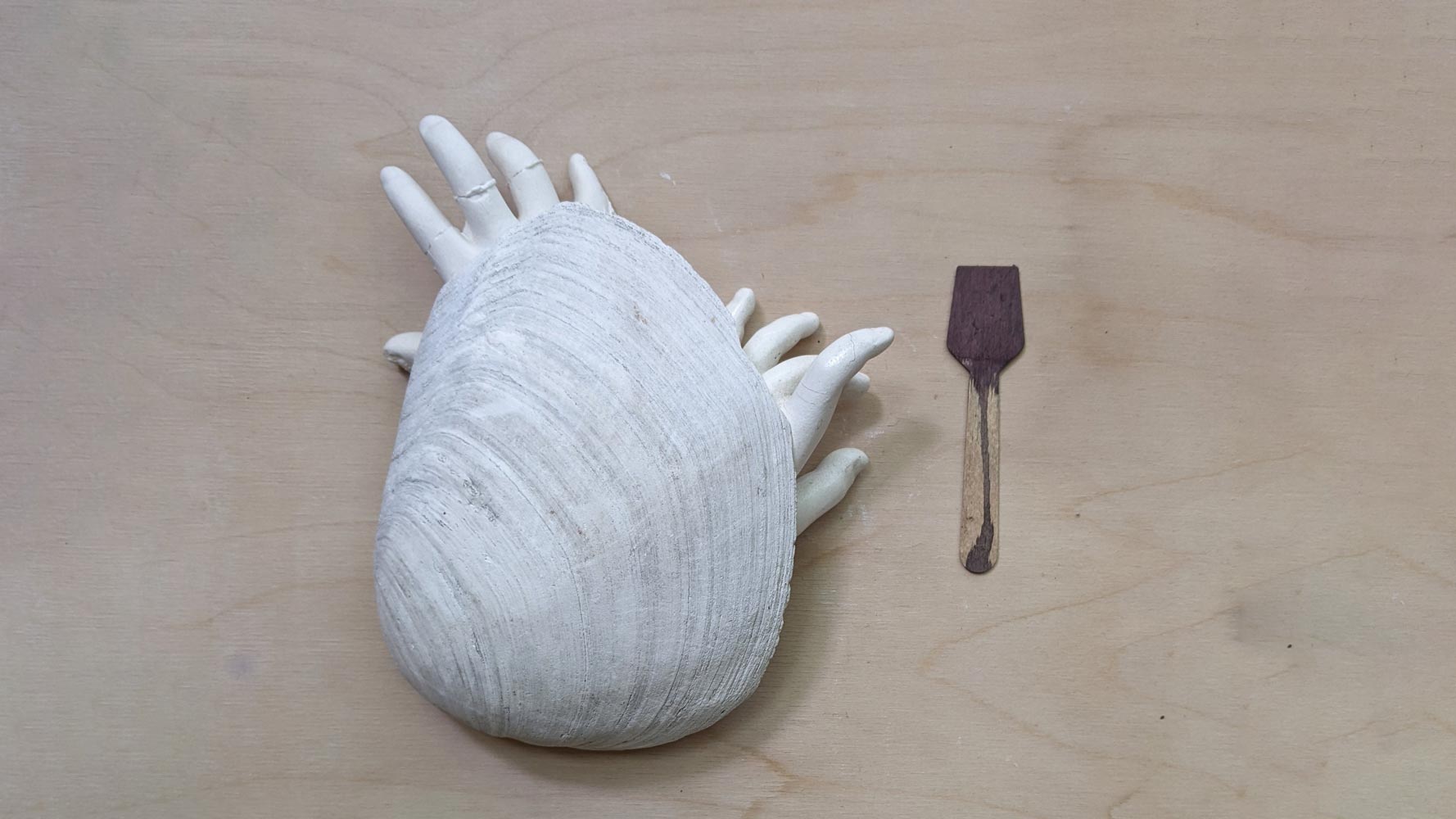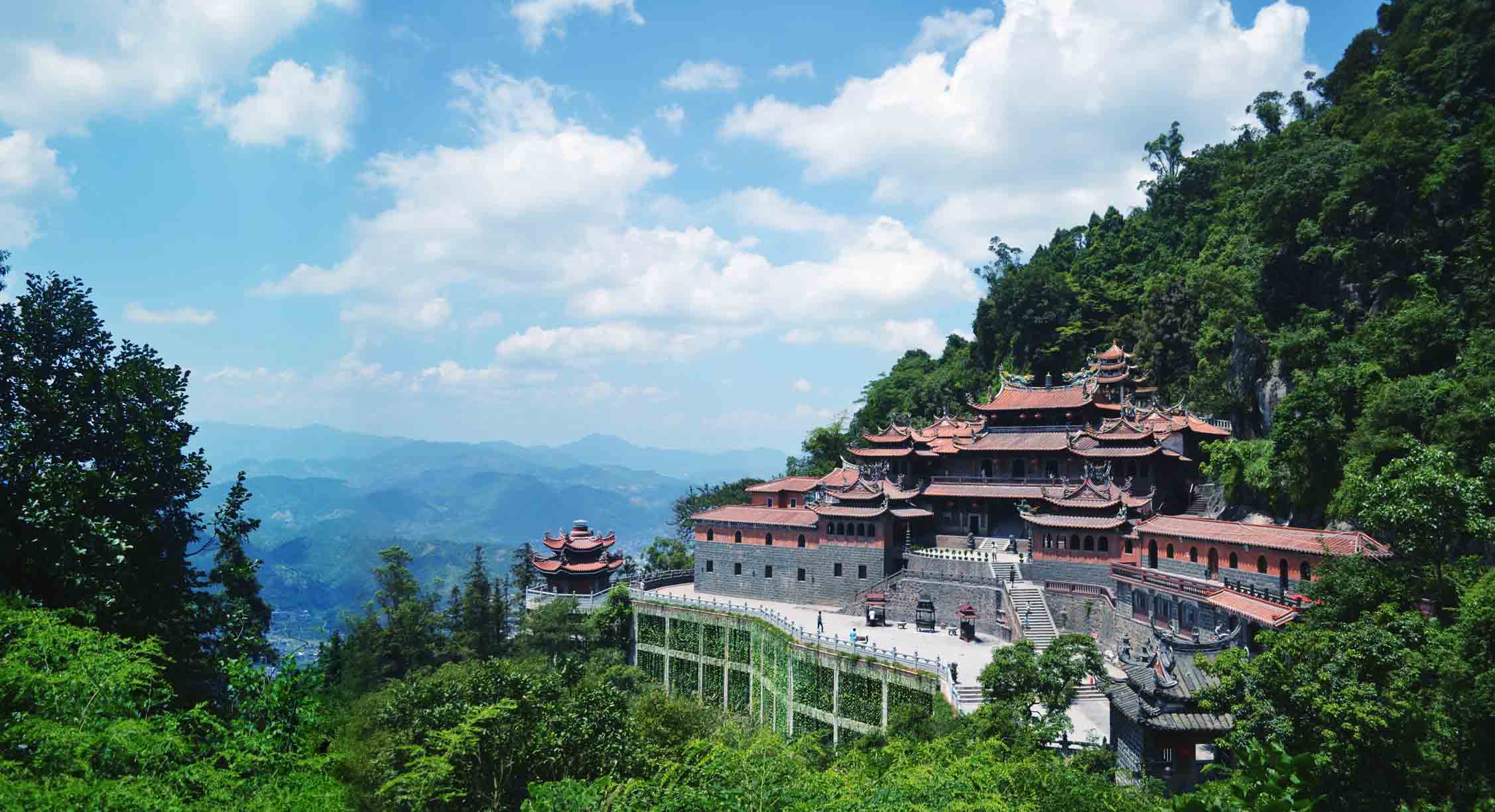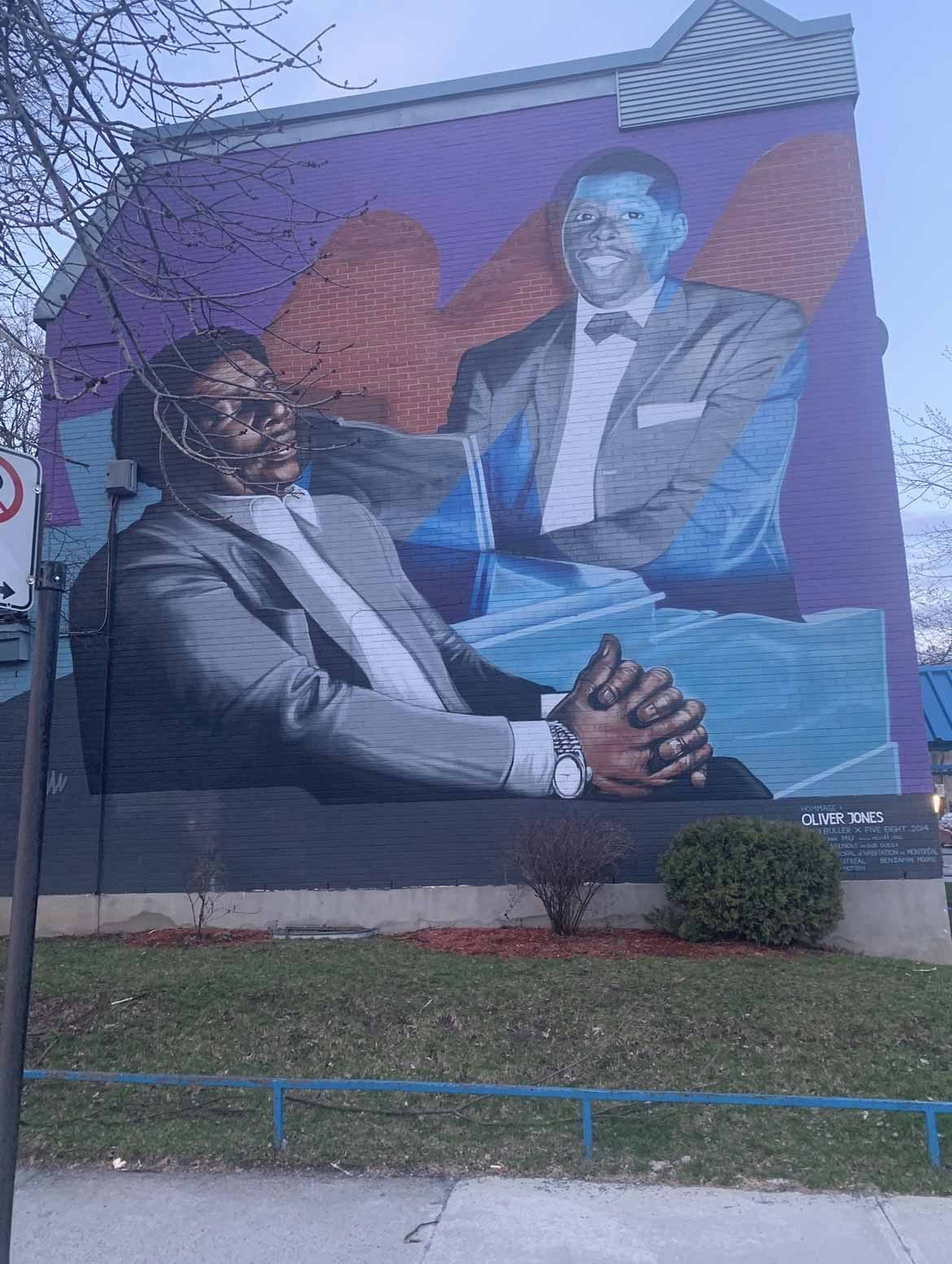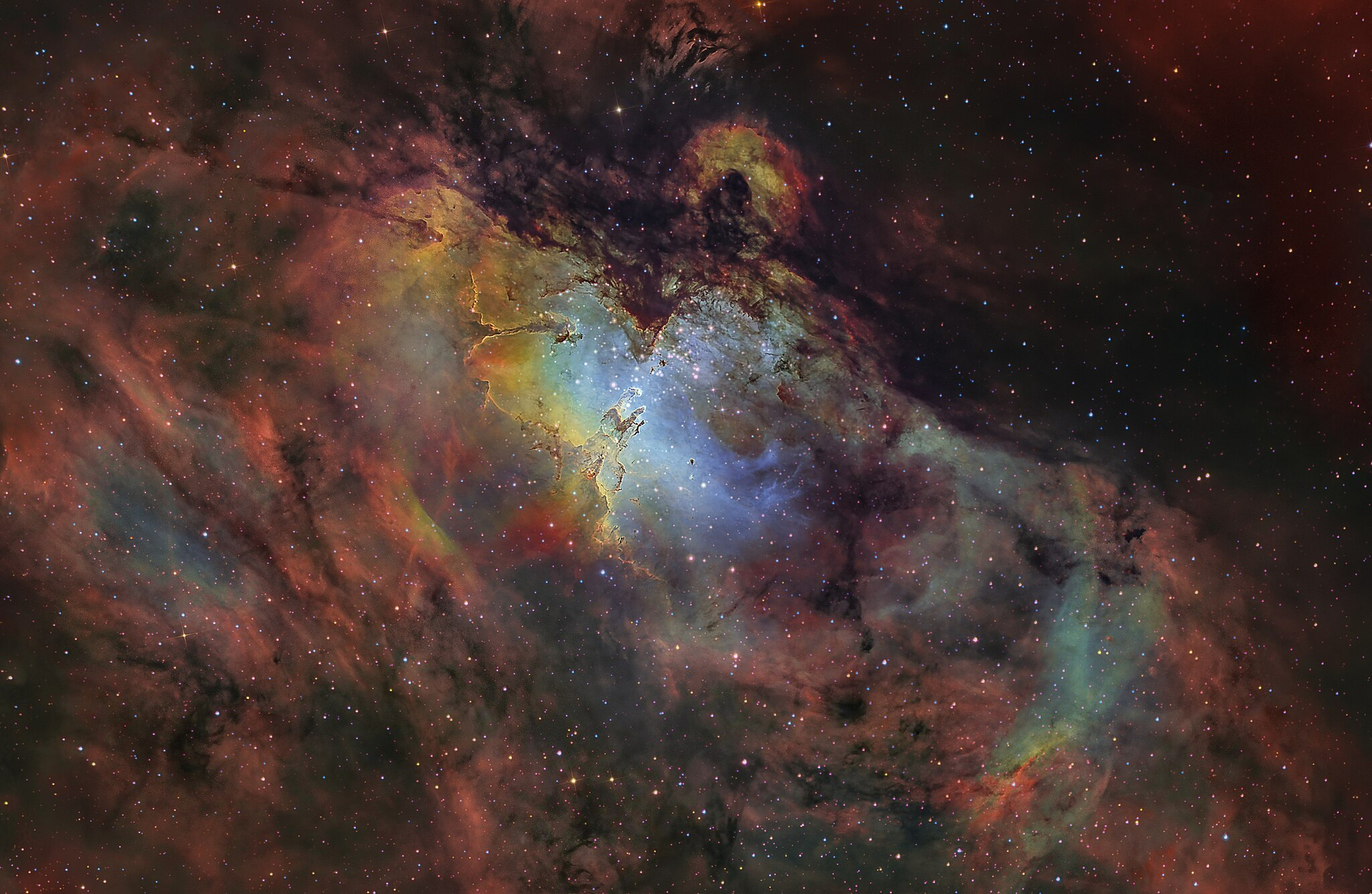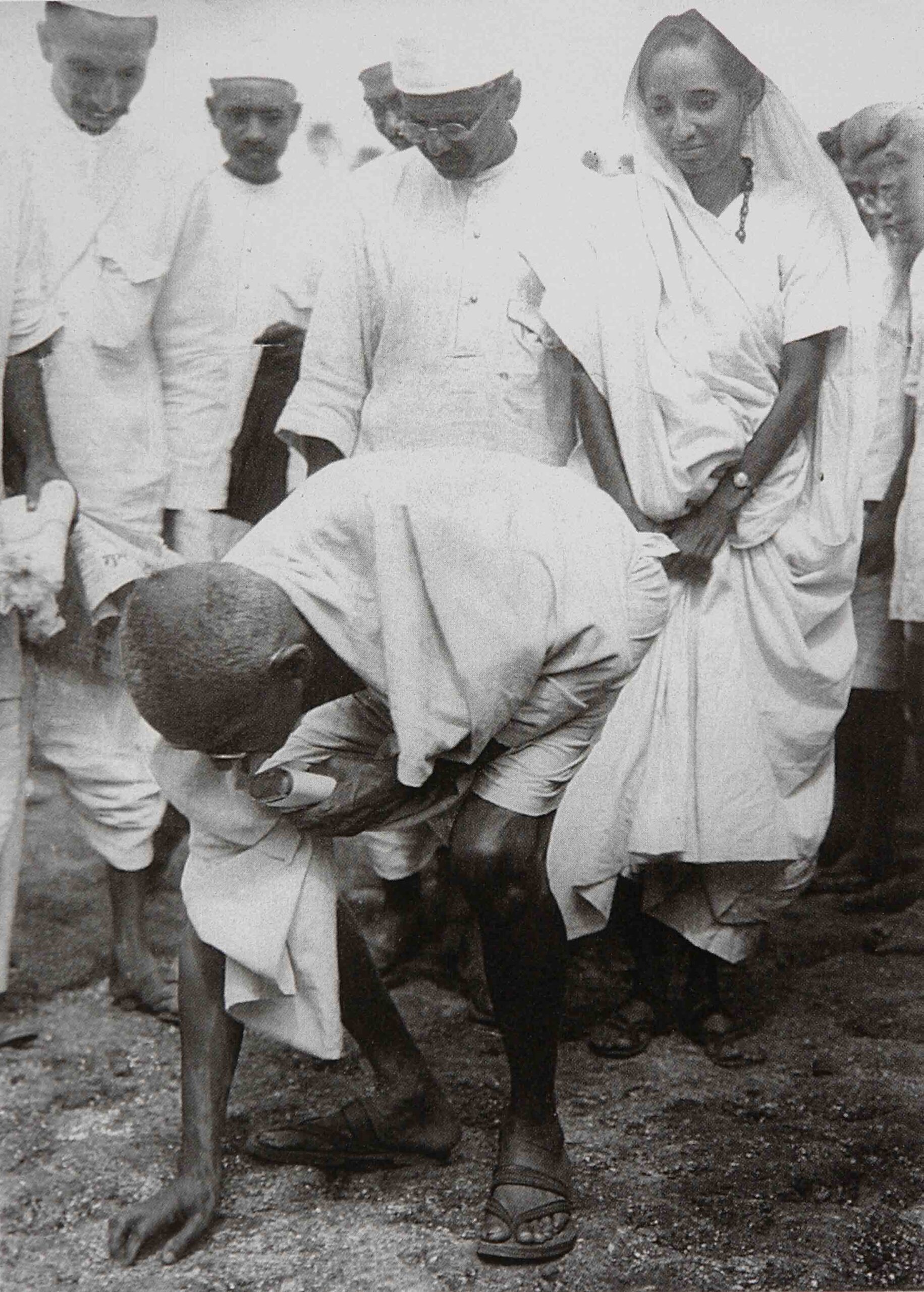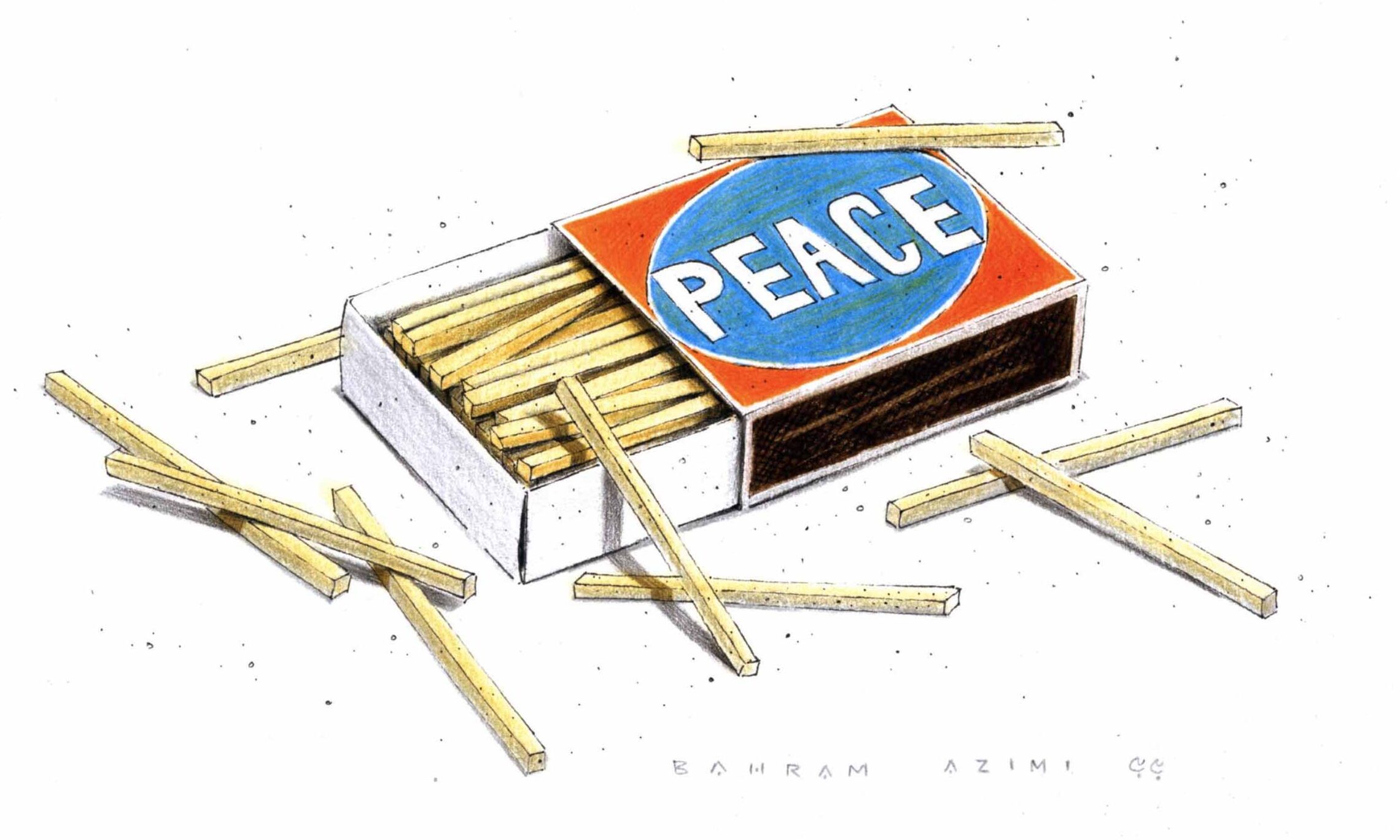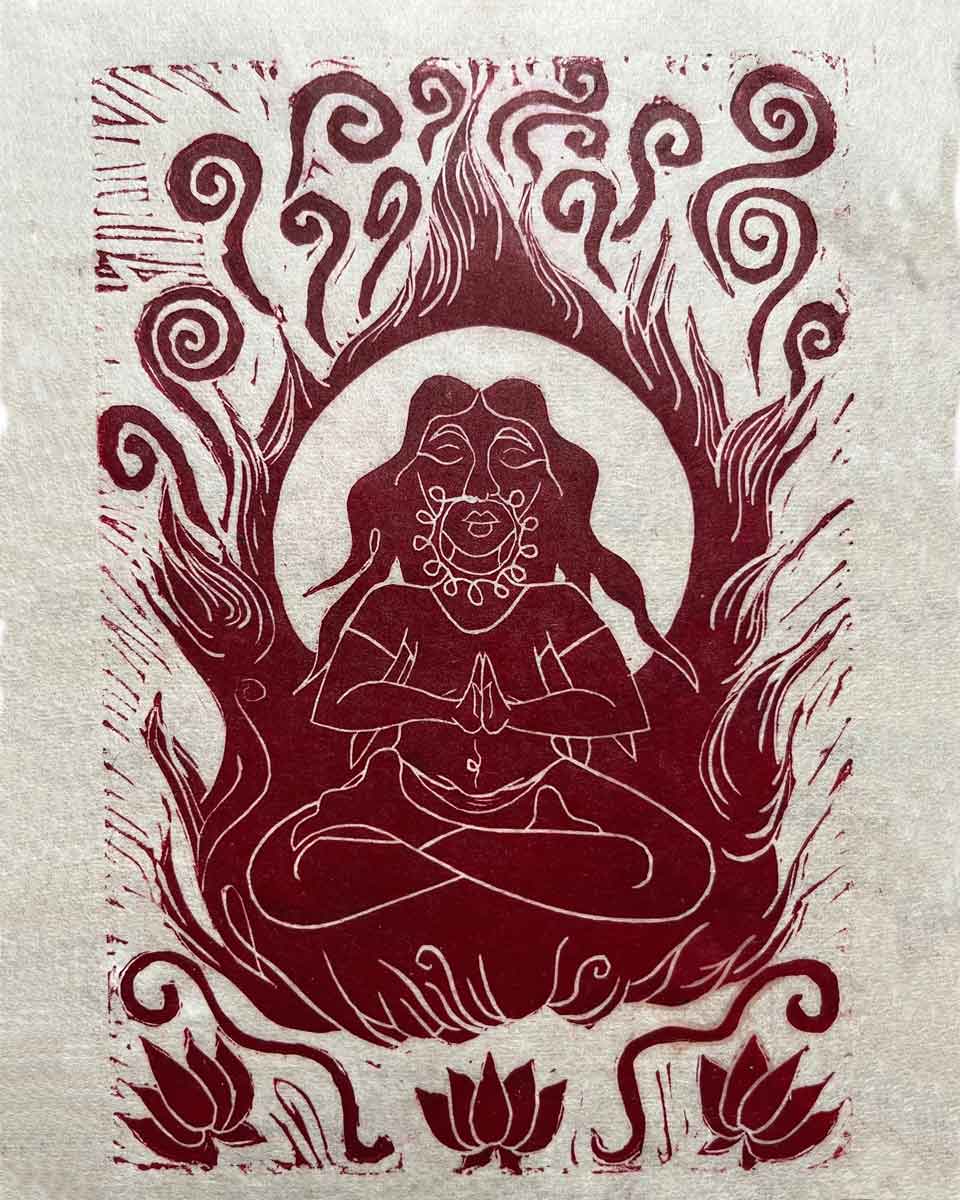FIRE
The Ramayana tells of how Sita, Lord Rama’s beloved wife, was kidnapped by an asura king named Ravana and brought back to his kingdom. It took several years before Rama could find and rescue her, slaying the disillusioned king.
After being rescued, Sita was delighted to be reunited with her love. Others, however, doubted Sita’s purity as she had lived under the roof of another man all this time, and as such was unfit to be Rama’s wife. Rama, being a king bound by his duty to his people, told Sita that she could not return as his wife.
Shocked, Sita insisted that nothing had happened between her and Ravana, and that she was still loyal to Rama. Still Rama refused to change his mind. Sita, angry, insisted upon proving her purity by walking through fire: “If I come out alive, then this will prove myself.” As she turned to walk through the fire, with every step that she took, the flames calmed and flowers followed her footsteps. She came out unscathed.
This story is reminiscent of the practice of sati, or widow immolation. Widowed women were expected to jump into their deceased husband’s funeral pyre because it was believed that women had no purpose without their husbands. Sita, instead, willingly walked through the fire in defiance of her husband.
This story touches on difficult issues surrounding women, particularly the insistence on “purity” and the idealization of the self-sacrificing wife. Today, the practice of sati is banned, but women in South Asia (here specifically India) continue to suffer at the hands of violent patriarchy. However, this story is powerful as well, depicting Sita defying, talking back to and arguing with her husband, the divine Lord Rama. Indeed, through this story and through the ongoing history of women fighting back, we can remember that:
WE WILL NOT BURN.
There is no return to normalcy. Perhaps it is through the burning flames that we will emerge stronger still. The revolution lives on.
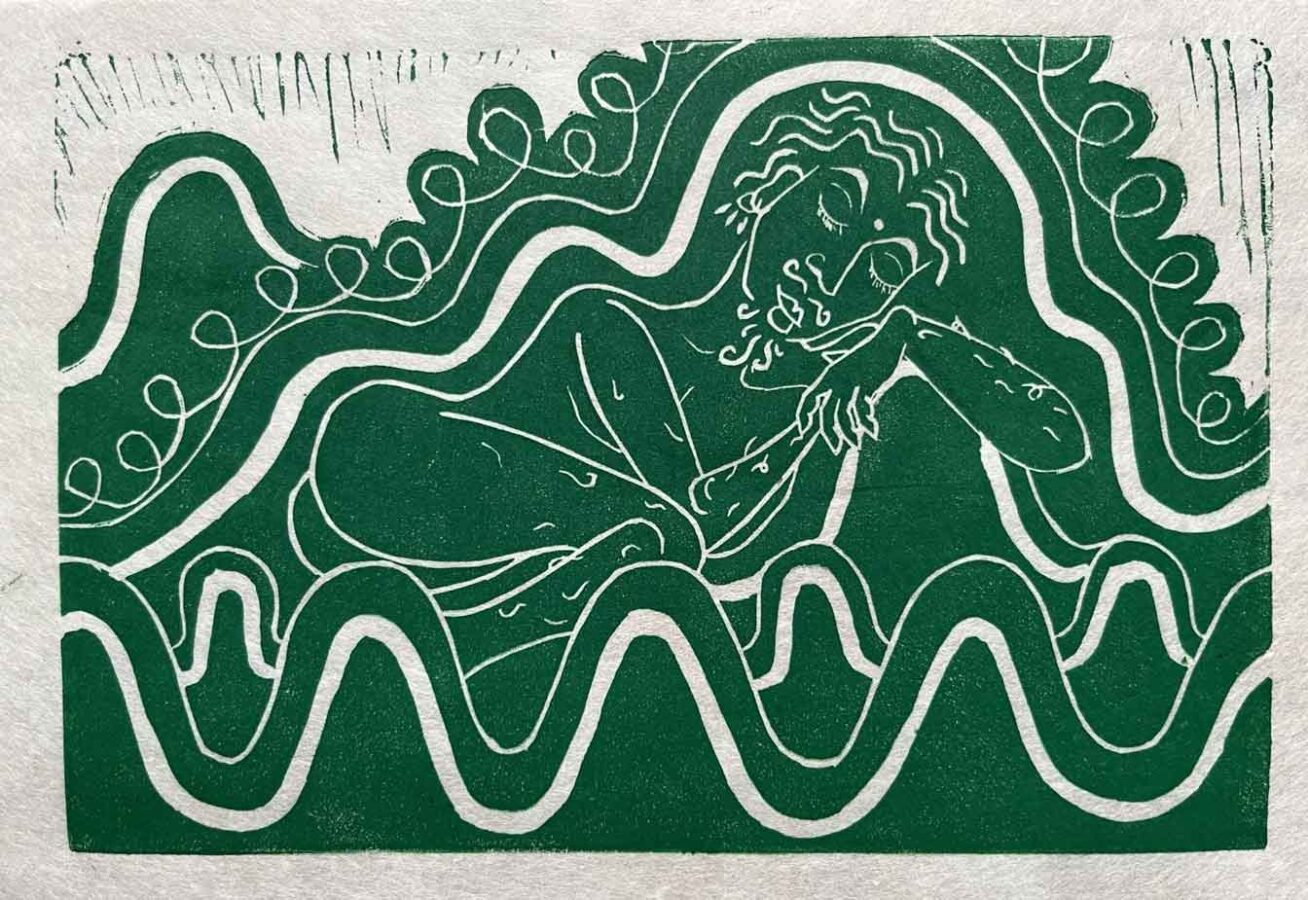
EARTH
In the Ramayana, when Lord Rama was exiled from Ayodhya by his (step)mother Kaikeyi, the village people followed Rama, Sita and Lakshmana on their path to the forest. Rama was most beloved by the people. When he came upon the forest, he paused to look back and was surprised to find the village people following behind him. He insisted that all the men and all the women go home before he turned to enter the forest.
Fourteen years later, upon his return, Rama found great big mountains where the village people had once seen him out. Remembering what he had said, he realized what had happened. All those years earlier, after the men and women had been sent home, people of the third gender had not. Out of duty to Lord Rama, they had remained there, and over the years had slowly turned into mountains. Lord Rama, humbled at their loyalty, granted the hijra people divine blessings—blessings that they still carry with them today.
Trans people are divine beings. Do not forget that.
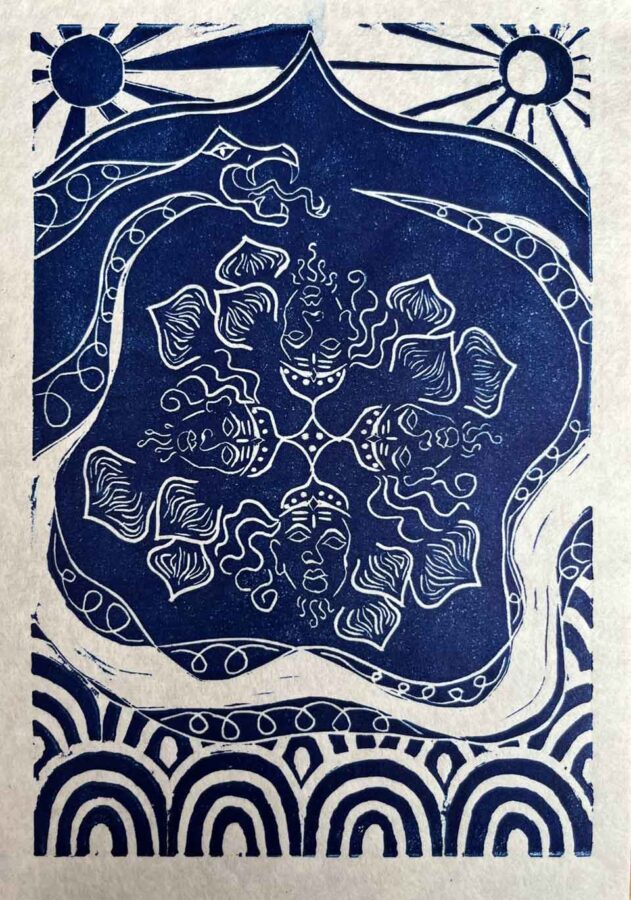
WATER
In the beginning, there was nothing. From that emptiness, divinity emerged. First came water, which slowly started moving and bubbling before vast oceans persisted. Eventually from that water came a great serpent. The serpent was carrying Lord Vishnu, sleeping on its back. Out from Lord Vishnu’s belly button a lotus flower unfurled. And from that lotus flower came Lord Brahma, the ultimate Supreme Being — all-gendered, divinity manifest, with four heads to see in all four directions. From Lord Brahma all things are created: the sun, the moon, the human, the animal… Then comes Shiva, the destroyer, and so all is burned down, to rebuild anew.
Then there is nothingness. Emptiness. Quiet. Then there is divinity. Then there is the ocean and possibility.
The spiral goes on for us to get a little bit closer.
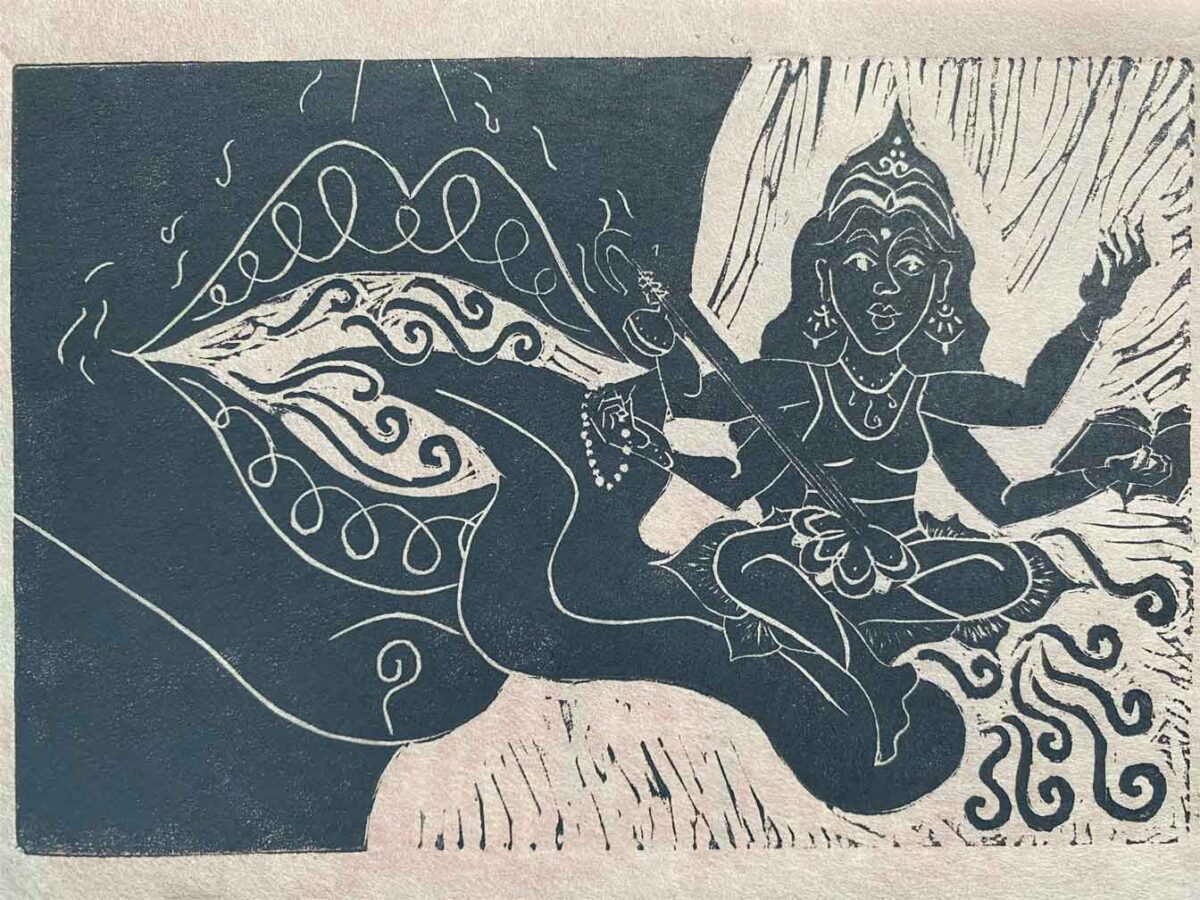
AIR
It is said that those who are intelligent, articulate, well-spoken and thoughtful carry Saraswati on their tongues.
Be mindful of what you speak; the wind’s reach runs far, into deep crevices, out to open pathways, and to existence.
Let us uplift those voices that speak true, and not be swayed by false illusions. Let us continue to chant for the liberation of oppressed peoples. Our prayers grow stronger when we chant collectively: free Congo! free Sudan! free Palestine!
Artist’s statement
I am a queer and non-binary person of Indian descent who studies psychology, studio arts and anthropology, and Indian Art & Aesthetics.
My artistic, craft and research practices explore the cloudy in-between areas of divinity/mundanity manifest, corporeality and embodiment, and (tr)ancestral tradition.
I play within these themes through research and storytelling, and by turning to Tantric Mysticism, (her)stories, traditions, mythologies and folk art in order to offer transformational healing and reclaim our diasporic, queer and trans community.
By turning to these mythological stories of the past, commonly understood as historical, I seek to break apart the common oppressive narratives that dominate, in order to offer a gender subversive retelling, where I foretell that our future lies. I dig down into ancestral lineage as an anchoring for our collective liberation and ascension. In these ways, traditions are embodied and divinity is brought to Earth. The otherworldly is a source of imagination for what we can create. I understand the Self as firmly embedded within the greater collective, to whom I am humbly devoted.
